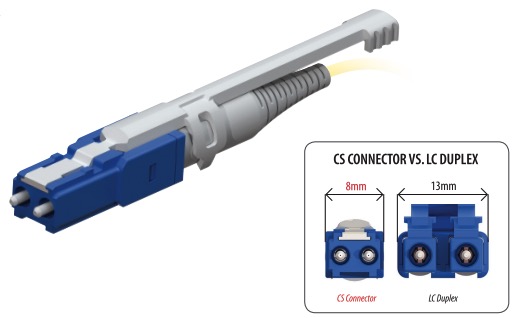Fast-growing online activity over the last decade has forced a rapid rise in both space and electrical power required to operate data centers. Accordingly, power density becomes higher, and cooling of these data centers becomes critical. Economies of scale mean single data center locations have grown larger, with a demand for a safe power supply reaching well into the tens of megawatts. Integrating a medium-voltage UPS system to protect these critical applications will reduce feeder ampacity. For example, 1 MW in a 400/230 VAC system means 1,443 A of current per phase. If the voltage is 15 kV, the current for 1 MW power is only 115 A. Another feature of the MV UPS is that the system can be centralized, which helps manage floor loading and gives freedom in the floor plan.
One of the major cost issues in a data center or a production facility is efficient use of floor space. Reducing the space for infrastructure equipment results in additional space for IT or manufacturing equipment. Often the available area for the UPS system is limited, particularly in existing buildings, but the required power is increasing. High-power, compact, MV static UPS products are well suited to overcoming this challenge. Modern static MV UPS systems also make extensive use of low-voltage components, including the entire power-electronics, energy-storage and control systems taken from standard and proven low-voltage units.
Besides the footprint, electrical losses are an important point to consider. Particularly at long distribution distances, distribution losses can become significant. For longer distribution lengths, the influence of the cable will rise, so medium voltage will yield a better result.
